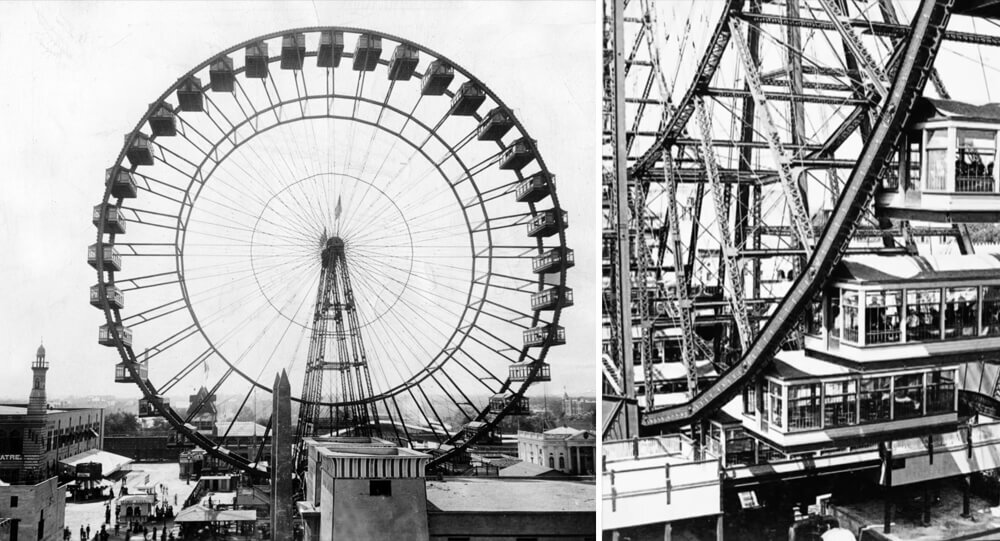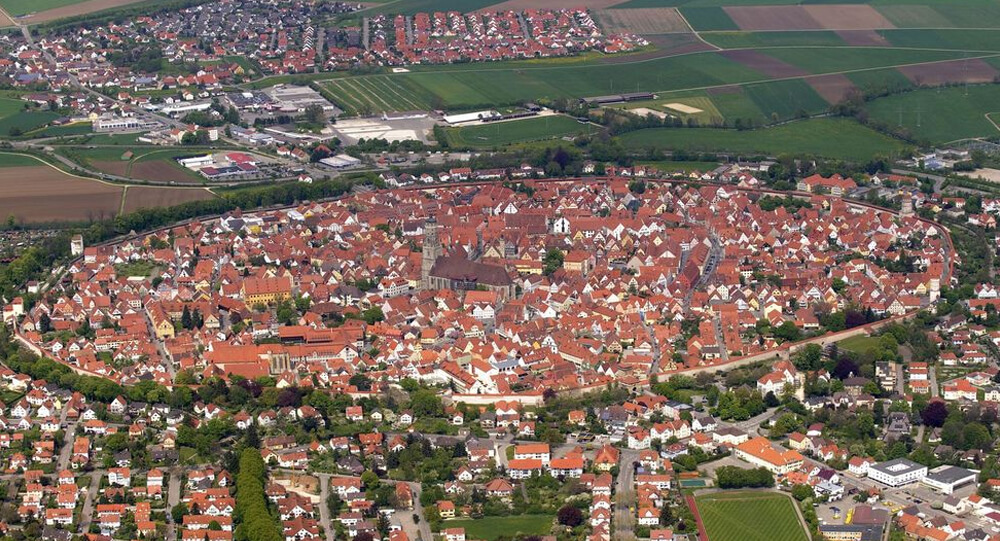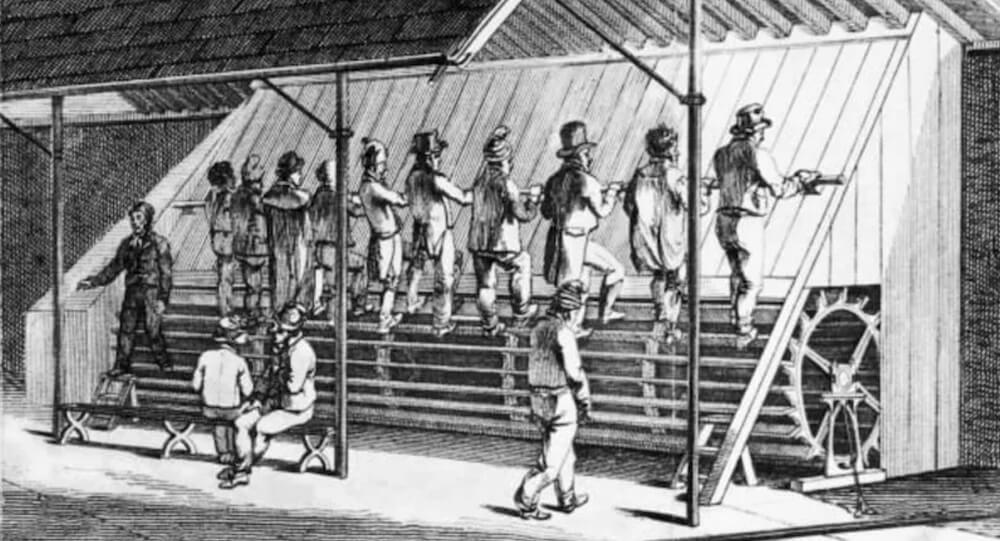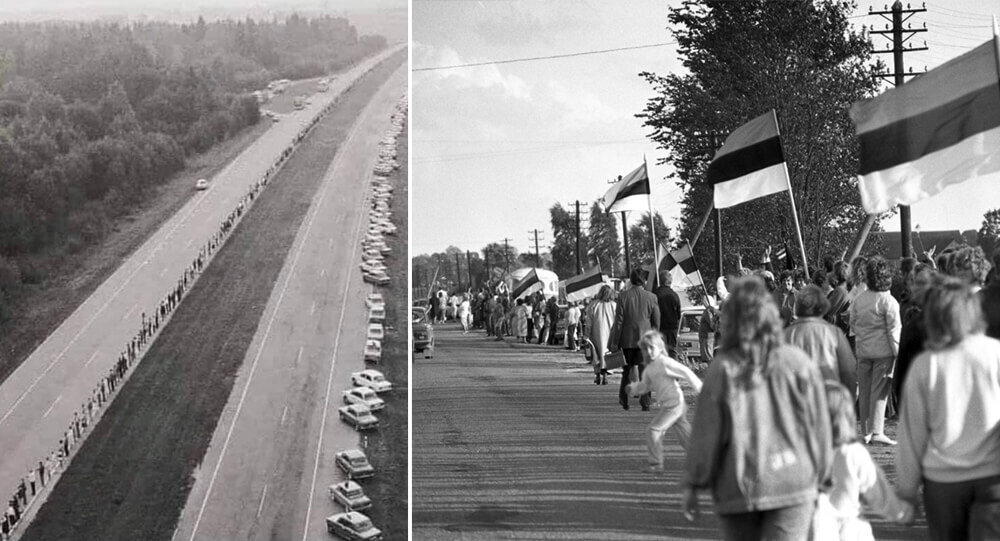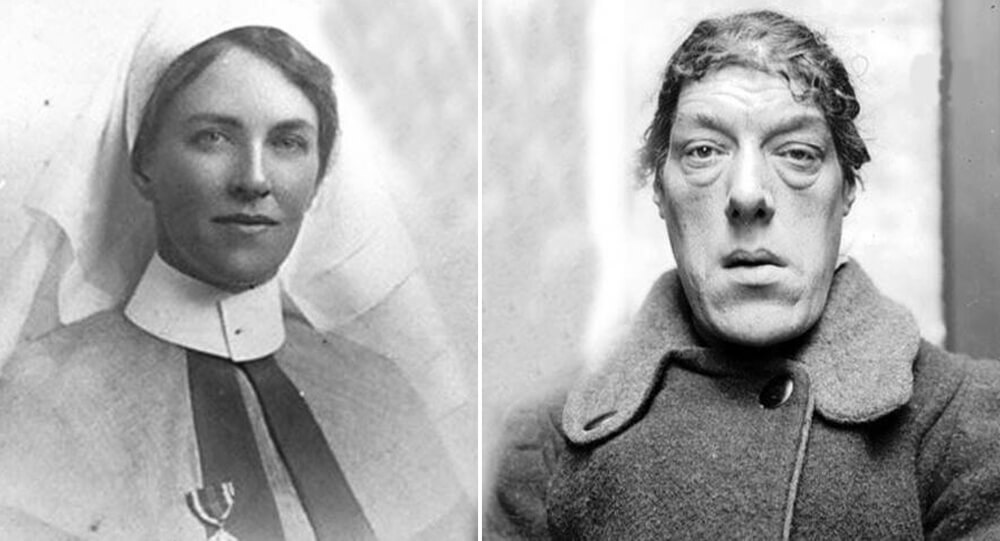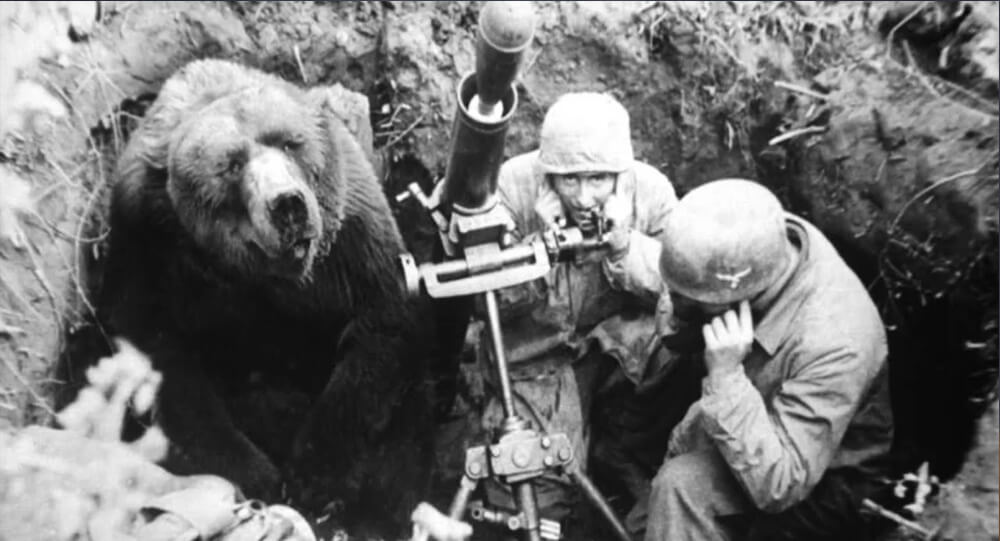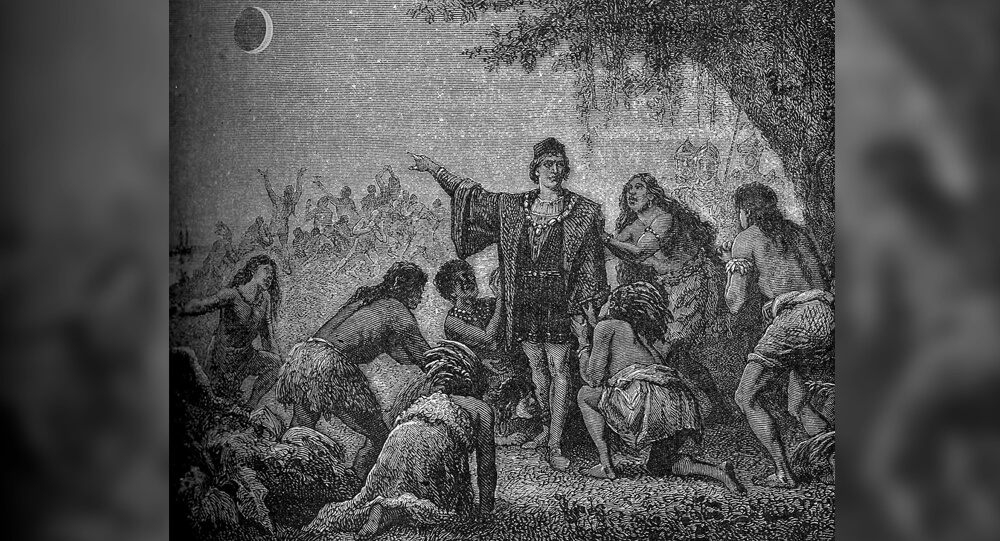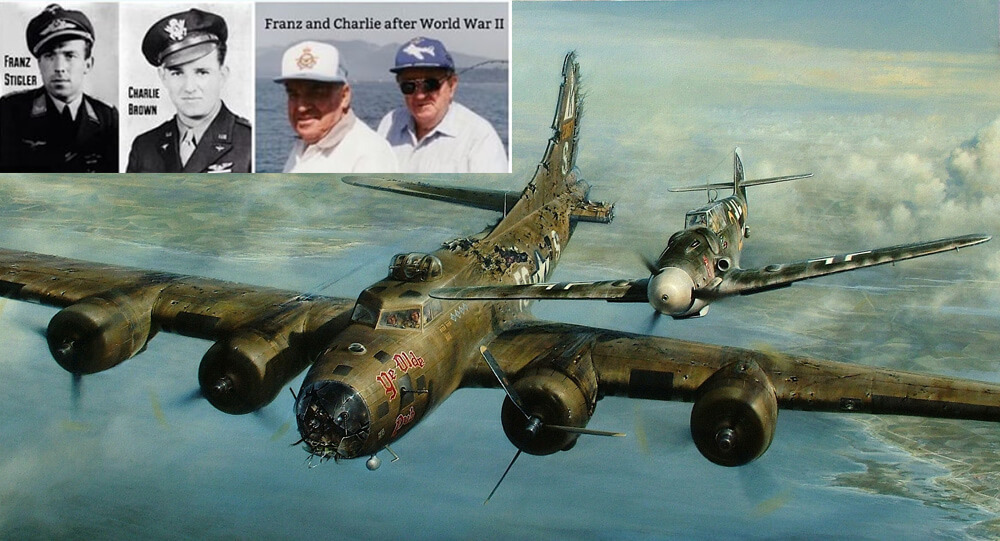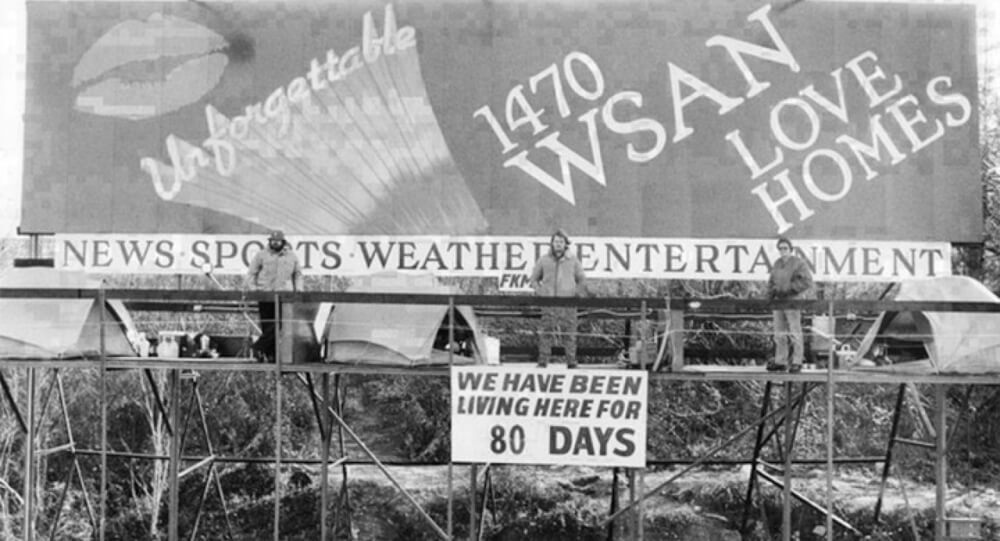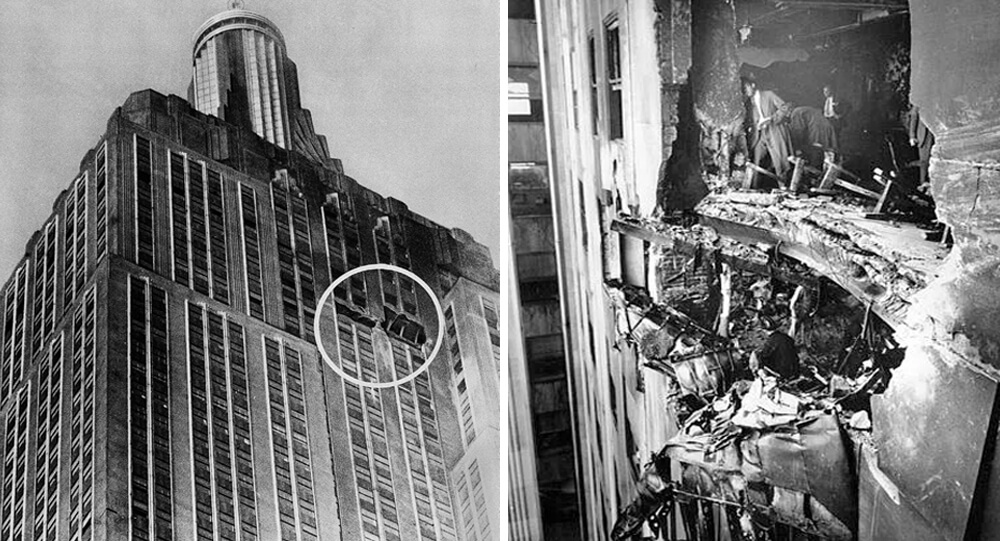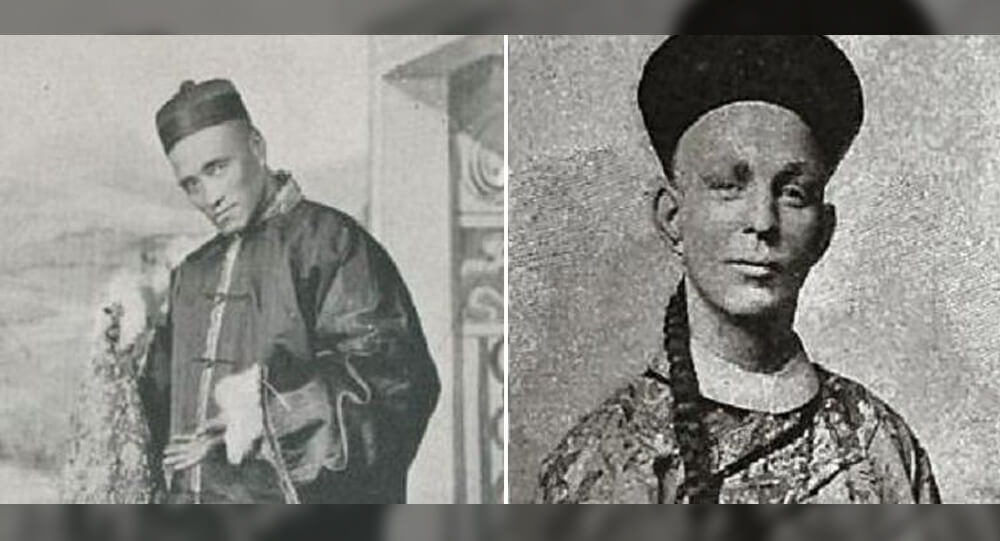We are all aware that medicine has advanced dramatically over the last fifty years. There are several modern medical approaches available today, but this was not always the case. However, the past of medicine is a dark one. Medical leeches, lobotomy, vascular surgery, cranial stenosis, and even electroshock therapy are all options. These are only a couple of the cruel healing techniques that are still in use today.
10. Electroshock therapy
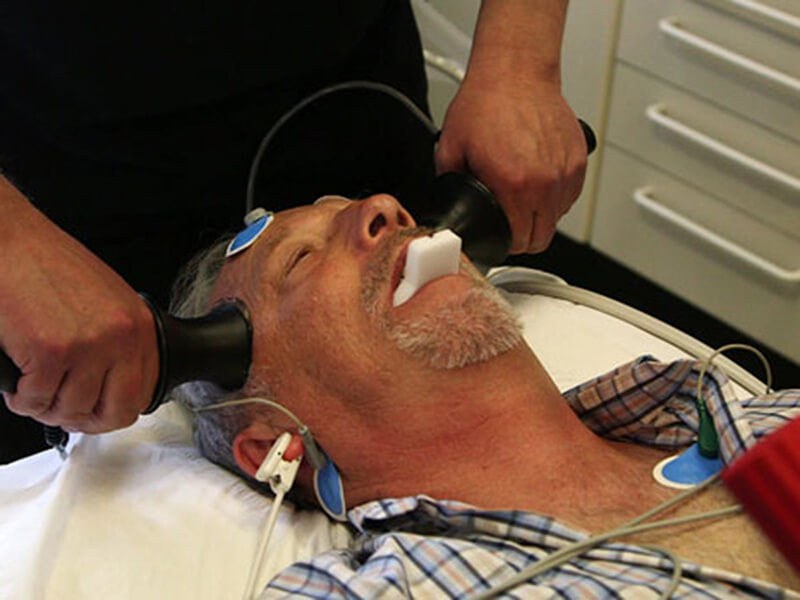
Fortunately, we only saw this technique in movies when a current was introduced to patients in a mental hospital. At first sight, this seems to be torturing patients, but it is actually a very successful procedure.
9. Skulling (Trepanation)
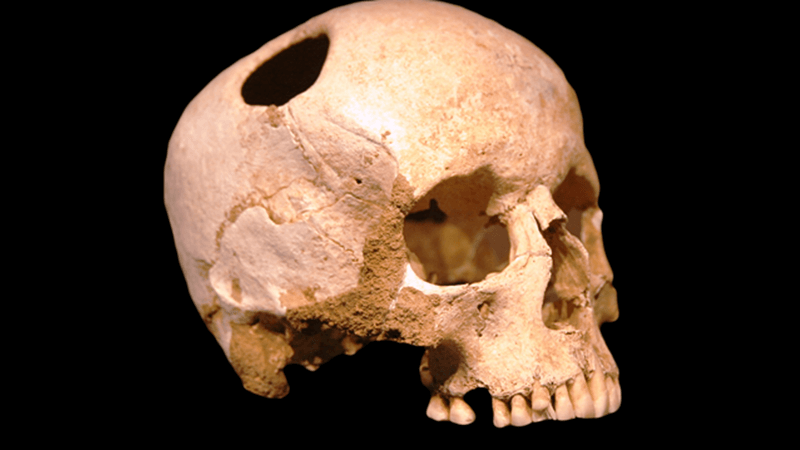
Drilling holes in people’s skulls is still practiced today, although it’s commonly referred to as a craniotomy. In this process, a surgeon removes a slice of the skull to enter the brain in order to treat disorders such as brain lesions and brain tumors, according to Johns Hopkins Medicine. The skull fragment is covered as soon as possible.
8. Bloodletting (Phlebotomy)
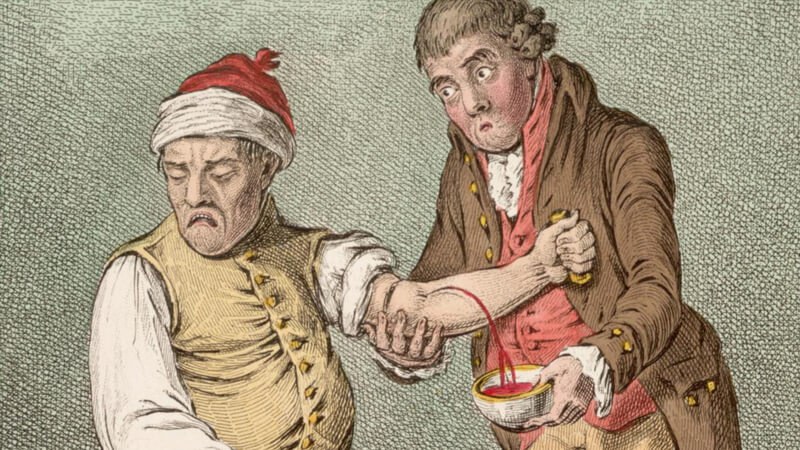
It was also used in ancient Egypt to get rid of excess blood. At the time, it was thought that an imbalance in body fluids caused diseases, so vascular cutting was needed. This technique was used in the nineteenth and even twentieth centuries, but its usefulness had already been brought into question.
7. Medical leeches
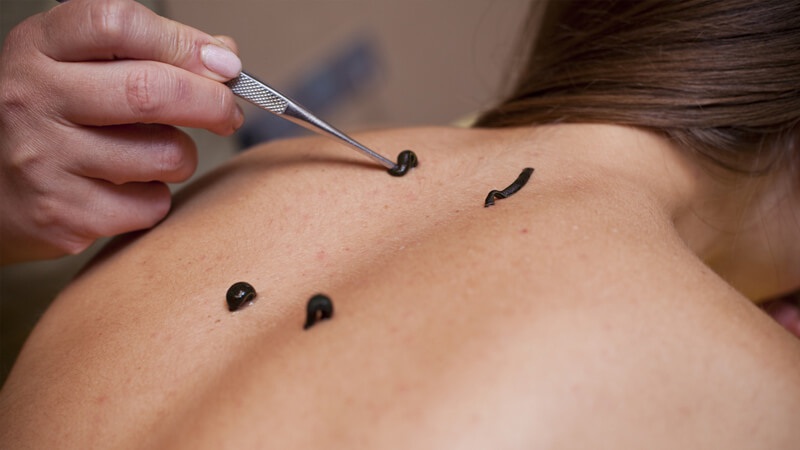
Medical leeches are not dangerous, in fact, their saliva contains sixty kinds of proteins that inhibit blood clotting, increase blood flow and anesthetize. Leech saliva was used in surgeries to minimize inflammation and prevent blood clots from developing.
6. Larval therapy

(Warning, You may see a disturbing pictures if you search this one)
Larval therapy is a much more repulsive treatment than leeches, but it is just as successful. Fly larvae that settle in the wound aids in the healing process. These larvae consume dead tissue, assisting the damaged area to recover as quickly as possible. Bone-to-bone wound infections experienced rapid healing and decreased infection in 1929. However, after WWII, penicillin took the place of larval therapy. However, larvae are still used in the treatment of abscesses to this day.
5. Intestinal worm diet

Beauty expectations are still evolving, but they are no longer as harmful as they once were. While arsenic-dyed clothing and painful corsets are no longer in use, the intestinal worm diet is still prevalent. Despite its effectiveness in weight loss, this procedure is illegal in most countries due to the numerous health risks. Tapeworm eggs are consumed, and the growing animal digests the carbohydrates. When the subject achieved the desired weight, the animal had to be removed from the body, which could only be done under medical supervision and with medication.
4. Cauterization
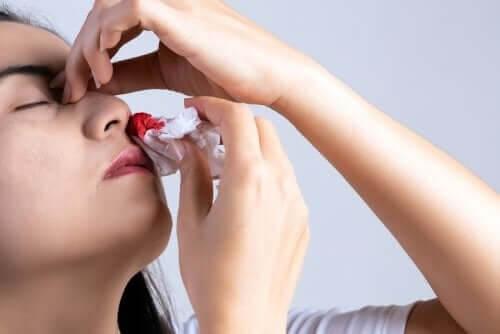
The technique has been practiced for over three thousand years. Closing surgeries are thought to be a normal operation. Cauterization with a heated metal piece was extremely painful and caused extensive tissue damage, but it also stopped the bleeding and disinfected the wound. Wound burning was also used in the Middle Ages, but it was also used to cure mental illness. Wound suturing did not begin until the 16th century, but it quickly spread throughout the world.
3. Bee venom
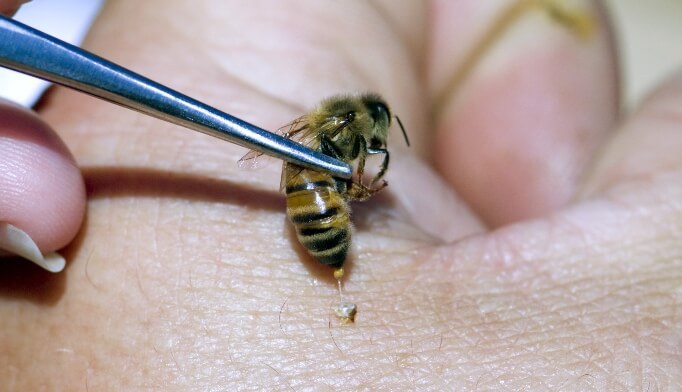
Bee Venom Therapy is a centuries-old treatment. Bee venom, which includes a mixture of proteins, amino acids, and enzymes that can induce and reduce inflammation, has been used to treat bee problems. Melittin has antibacterial and antiviral properties. However, since the findings were questionable, this treatment was also not medically accepted. Intentional bee pinching, on the other hand, is still used to relieve joint and muscle pain.
2. Stool transplantation
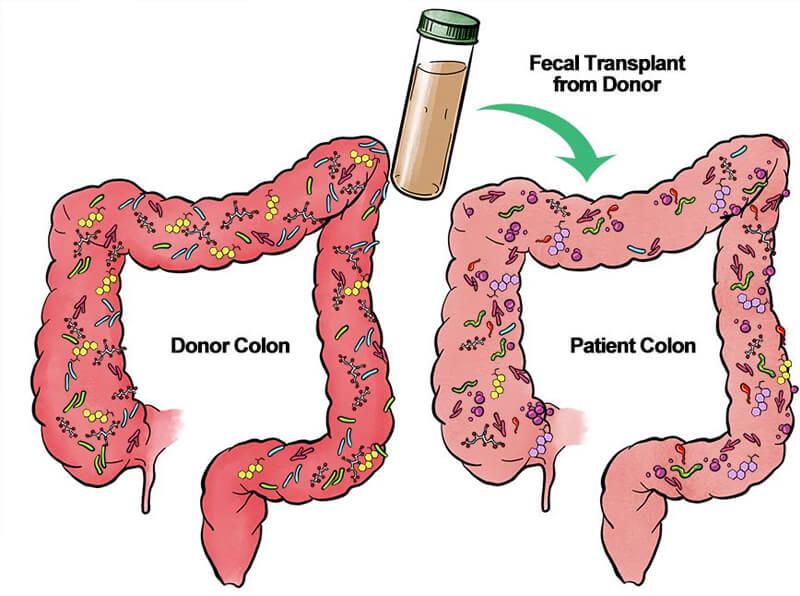
The origin of the process can be traced back to ancient India. Cow feces have been proposed as a treatment for certain intestinal problems. He used it to treat food poisoning, and the Bedouins used camel stools for this purpose. About 1950, Western medicine began to address this cure, and it is now a well-understood procedure. The method, predictably, triggered disgust, making it difficult to spread. In certain diseases, the intestinal flora is depleted to such a degree that healthy bacteria will be brought back. It is now performed by enema and should not be taken orally as it was previously.
1. Lobotomy

After removal of the frontal lobe, the experimental monkeys calmed down, so the treatment was also tried on humans. Under anesthesia, the connection between a patient’s forehead and the rest of his brain was broken. The method proved promising but caused paralysis, loss of consciousness, and catatonia. It became popular in the ’40s with dangerous or violent patients struggling with rage. Later, the procedure, which was performed through the eye cavity, could be performed without anesthesia and surgery. Lobotomy was banned in the ’50s but was still used in many countries. It is still used today, but only in patients who are not helped by any other therapy.

how Ferris wheel invented
In 1891, Chicago challenged engineers to create a structure to surpass the Eiffel Tower for the World's Columbian Exposition. George Washington Gale Ferris jr. responded with the original Ferris Wheel, a giant rotating structure elevating visitors above the city. This invention became an iconic attraction at the fair.

Roller Coasters were First Invented to Distract People from sin
Roller coasters were invented to distract Americans from sin. In the 1880s, hosiery businessman LaMarcus Thompson didn’t like that Americans were going to places like saloons and brothels and created the first roller coaster on Coney Island to persuade them to go there instead.

Nordlingen, The Town Inside A Meteorite Crater With Millions Of Meteorite Diamonds
The German town of Nördlingen is embedded with 72,000 tons of microscopic diamonds. About 15 million years ago, a meteorite hit this region, and the impact created a massive depression and formed rocks containing diamonds, glass, and crystals. The town was built in the impact crater sometime around 898 CE.

Keith Sapsford: The Story of 14-Year-Old Stowaway
The final image of 14-year-old Australian Keith Sapsford, who aspired to travel the world. In February 1970, he sneaked into the wheel-well of a plane flying from Sydney to Tokyo. It opened mid-air & fell out. When a photographer was testing a new lens, he captured this moment on film and was surprised when it developed.

History of Treadmill, punishment for prisoners
Treadmills were originally a punishment used to harness human power on a giant wheel used to grind grains, hence the name "treadmill." The History of Treadmill

The Baltic Way: the longest unbroken human chain in history
On August 23, 1989, about 2 million people from Latvia, Estonia, and Lithuania formed a human chain that united all 3 countries to show the world their desire to escape the Soviet Union and the communism that brought only suffering and poverty. This power stretched 600 km.

Nicholas Winton ‘British Schindler’: Man who rescued 669 Czech children from Nazis
A man named Nicholas Winton saved 669 kids during WWII and lived almost all his life without letting people know.

The Tragic Story Of Mary Ann Bevan, The ‘Ugliest Woman In The World’
After the death of her husband, Mary Ann Bevan had no income to support herself and her children. She then decided to enter a contest where she won the title of “ugliest woman” and was later hired by a circus. She endured this ridicule from the world to provide for her family.

The 440-pound bear named Wojtek and his World War II battle against the Nazis
Polish troops raised an orphaned bear cub during WWII. He enjoyed drinking beer, and was trained to salute. He became officially enlisted as a member of the forces, and helped carry artillery during battle.

How a Total Lunar Eclipse Saved Christopher Columbus in 1504
In 1504, Christopher Columbus was stranded in Jamaica with natives who refused to give him food. But he knew the date and time of an upcoming lunar eclipse. So he told the natives that his gods were angry at their treatment of him, and would provide a clear sign. Once the eclipse started, the natives raced to give him food and begged for mercy.

Quaker Oats Fed Children with Radioactive Oatmeal
In the 1940s and 1950s, Quaker Oats and MIT conducted experiments on radioactive iron and calcium-containing cereal. The diet was part of a study to see if the nutrients in Quaker oatmeal traveled throughout the body. In January 1998, a $1.85 million settlement was reached for 30 victims who came forward.

The worst blizzard in recorded history: the 1972 Iran blizzard
The deadliest snowstorm ever recorded occurred in Iran in 1972. It lasted for a week, burying areas in 26 feet of snow and killing over 4,000 people, including the entire populations of three villages.

Charlie Brown and Franz Stigler incident: Enemy became friends
During WWII, a German pilot spotted an American pilot’s crippled plane in the sky. Tailing it, he noticed that gunner was dead, crew injured, and they posed no threat. Instead of destroying the plane, he led it to safety. 40 years later, the two pilots reunited.

3 men lived on top of a billboard in tents for almost 9 months
From 1982-1983, three men in Allentown PA competed in a radio contest in which they lived on top of a billboard in tents. Whoever stayed up longest would win a house. Due to economic pressure from the recession, none of the contestants wanted to give up, so the contest lasted almost 9 months.

Louis Le Prince Invented the motion picture camera, and then he mysteriously disappeared
Louis Le Prince, the inventor of motion pictures, vanished without a trace in 1890. Thomas Edison quickly claimed the title of "first and sole inventor of cinema," even taking Le Prince's son to court to dispute it. A few years later, the son also dies under mysterious circumstances.

Remembering the 1945 Empire State Building Disaster: When a Plane Met Skyscraper
An airplane crashed into the Empire State Building in 1945. Among other damage, plane parts severed the cables of an elevator and the woman inside fell over 70 stories. She lived and holds the world record for the longest survived elevator fall.

Graves holding hands over wall, A Catholic woman and her Protestant husband grave
A protestant man and a Catholic woman who weren't allowed from being buried together in a graveyard in 19th-century Holland turned their graves into a monument showing them holding hands across the wall separating them.

The Bizarre (And Magical) Duel Between Chung Ling Soo And Ching Ling Foo
Ching Ling Foo and Chung Ling Soo were two magicians from the early 20th century who were bitter rivals. While Ching Ling Foo was genuinely Chinese, Chung Ling Soo was actually a New Yorker named William Robinson.

Titanoboa cerrejonensis, fossils of the world’s largest species of snake
In 2009 in a coal mine of Columbia, scientists discovered fossils of the world’s largest species of snake. The species is called “Titanoboa cerrejonensis,“and it is from around 60 million years ago. It would have had measured about 48 feet long and weighed about 2,500 pounds

The Assassination Of King Alexander
The assassination of King Alexander of Yugoslavia marked a pivotal moment in the country's history. This article delves into the rise and reign of King Alexander, exploring his early life and ascension to the throne. It also examines the political and social climate in interwar Yugoslavia, setting the stage for the tensions and challenges that ultimately culminated in his tragic assassination. By understanding the context in which this event unfolded, we can better grasp the significance and impact it had on the nation and its future.

story of the youngest mother in the world at age of five - Lina Medina
Lina Medina, a five-year-old Peruvian girl, became the youngest mother in history in 1939 when she gave birth to a boy.

Terry Fox, a 21-year-old one-legged cancer patient who ran 143 days before dying
Terry Fox was a 21-year-old one-legged cancer patient who ran 3,339 miles across Canada in 143 days before dying.

Martin Couney, Saved Thousands of Premature Babies Wasn’t a Doctor at All
Martin Couney never qualified as a medical doctor. However, in the 1900s, he saved thousands of premature babies by exhibiting them in incubators at his Coney Island sideshow. Over the course of his career, he is said to have saved about 6,500 babies that had previously been written off by mainstream medicine.

The 1976 April Fools' Pranks, Planetary Alignment
On April fool's Day, 1976, the BBC convinced many listeners that a special alignment of the planets would temporarily decrease gravity on Earth. Phone lines were flooded with callers who claimed they felt the effects.

Robert Odlum, the first person to jump off the Brooklyn Bridge
The first person to jump off the Brooklyn Bridge was a professional high diver who "wanted to demonstrate that people did not die simply by falling through the air, thus encouraging people to be willing to jump from a burning building into a net." He proved himself correct by safely falling 135 feet through the air and dying only when he hit the water.


